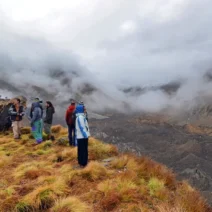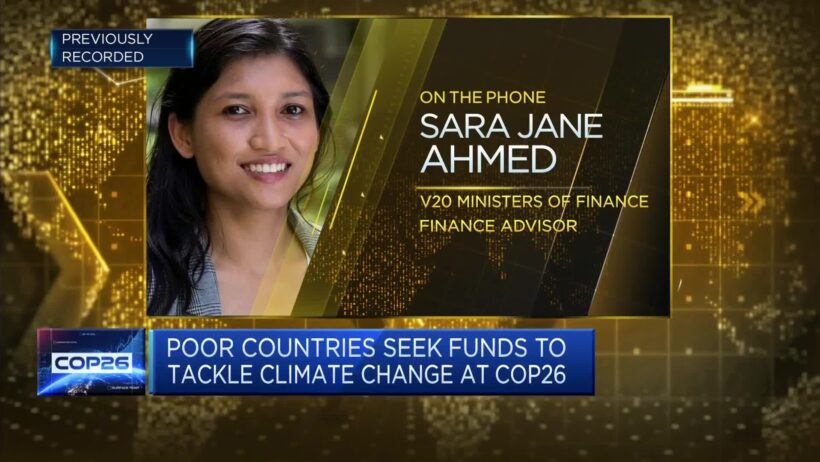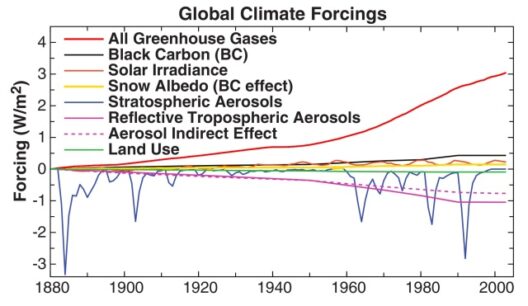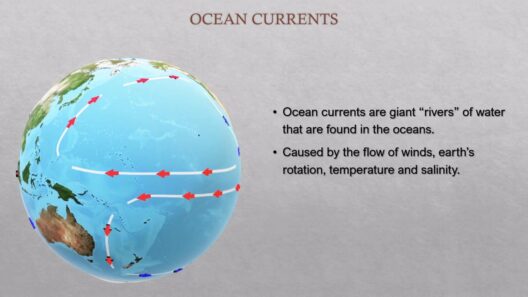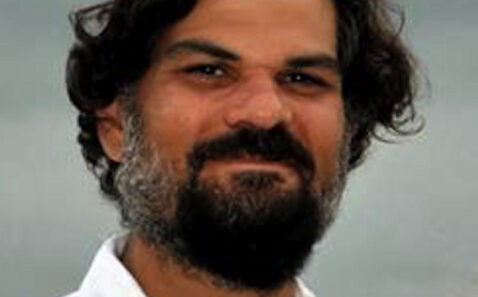Climate change is not merely a distant specter looming on the horizon; it is an immediate reality that reverberates through the lives of millions. The phenomenon can be likened to a monstrous wave, silently cresting while many remain blissfully unaware, until it crashes down with devastating force upon the most vulnerable. When considering who bears the brunt of climate change, it is essential to delve deep into the affected demographics—those who are not just endangered but are often marginalized in the discourse of climate action.
The narrative begins in developing nations, where environmental degradation is intricately woven into the fabric of society. Countries like Bangladesh, Malawi, and the Philippines epitomize the plight of vulnerable populations whose very existence teeters perilously close to the abyss. Here, the term “vulnerable” takes on manifold meanings. It encapsulates economic fragility, geographic exposure, and social marginalization. These nations, often resource-poor, lack the necessary infrastructure to combat rising sea levels, erratic weather patterns, and catastrophic natural disasters, leading to a vicious cycle of poverty and vulnerability.
In Bangladesh, for instance, annual flooding has grown more severe due to climate change. Homes, schools, and farmland—all integral to community lifeblood—are frequently swallowed by the waters. Vulnerable populations, primarily reliant on agriculture, find their livelihoods uprooted. This results in a dual crisis: food insecurity and displacement. In this context, climate change becomes an invisible predator, stalking and ambushing the most defenseless.
While developing countries are most acutely affected, a closer examination reveals that marginalized communities within developed nations also face disproportionate impacts. In the U.S., for example, Native American tribes often find themselves at the epicenter of climate-related upheaval. Many of these tribes rely on the land for cultural practices, spirituality, and economic sustenance. Climate change disrupts their traditional ways of life, from altered food sources to unpredictable weather patterns affecting sacred rituals. The metaphorical roots of their culture are threatened, risking not just their material existence but their very identity.
Furthermore, women and children are particularly susceptible to the repercussions of climate change due to entrenched societal roles. Globally, women bear the brunt of food insecurity, often tasked with securing water and nutrition for their families. As droughts intensify or floods ravage farmland, their burdens multiply, exacerbating existing gender inequalities. The lack of access to education further entrenches their vulnerability; children, especially girls, may be pulled from school during crises to assist their families in survival. In this manner, climate change can be viewed as a thief, stealthily robbing future generations of opportunity.
Addressing climate change is thus not merely about environmental sustainability but also about social justice. Climate action must be inclusively woven into the fabric of policy-making; marginalized communities should be placed at the forefront. Engaging these vulnerable voices ensures that solutions are not only effective but also equitable. For every decision made, the impact on the most vulnerable must be scrutinized. Institutions must act the role of stewards, not just of nature but of their most fragile citizens.
Moreover, indigenous communities worldwide serve as formidable environmental guardians, rich in traditional ecological knowledge. Yet, they often face systemic oppression, land dispossession, and cultural erasure—all exacerbated by climate change. In places like the Amazon rainforest, indigenous rights are critically tied to climate health; their survival strategies could guide broader initiatives aimed at combating the climate crisis. When these first-hand accounts and unique perspectives are woven into climate policies, they not only enrich the dialogue but also enhance the robustness of the solutions being proposed.
Global initiatives, such as COP26, provide platforms for these vulnerable voices, allowing them to transcend geographical and political barriers. It is imperative to amplify their narratives, turning the spotlight on those who are most affected. International coalitions must champion the issues faced by these populations, directly confronting the existential threats they encounter. Decisions must reflect a balance—acknowledging historical injustices while paving new pathways for equitable futures.
In conclusion, the pervasive reach of climate change underscores the urgent need for inclusive dialogue and comprehensive action. The most vulnerable individuals and communities do not merely represent statistics; they are resilient voices whose stories must resonate within the corridors of power. The time is now to listen to these voices, to learn from their lived experiences, and to collaboratively forge a future that prioritizes equity and sustainability for all. Climate change is not an abstract concept; it is a poignant reality that demands recognition and respect for the lives it affects most profoundly. The wave is here, and it is time to navigate it with integrity and empathy.

